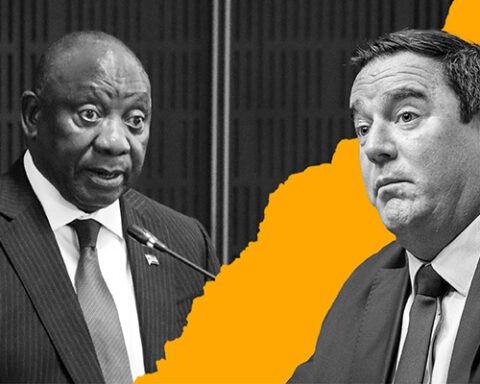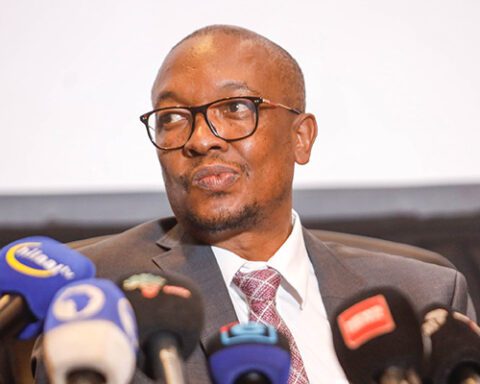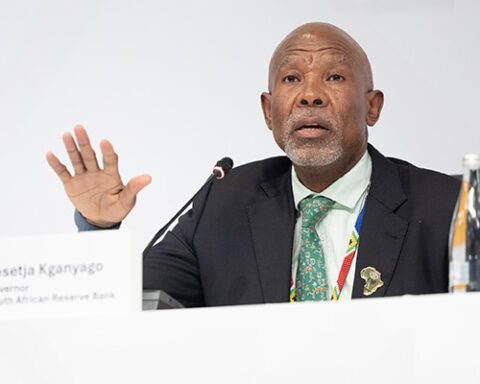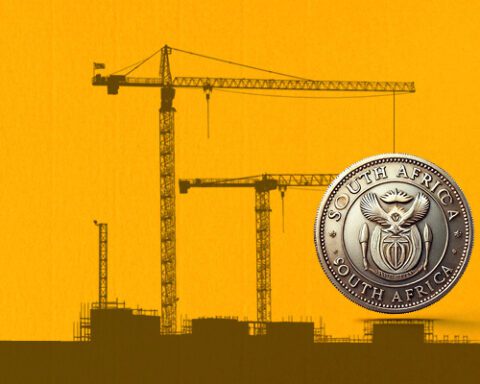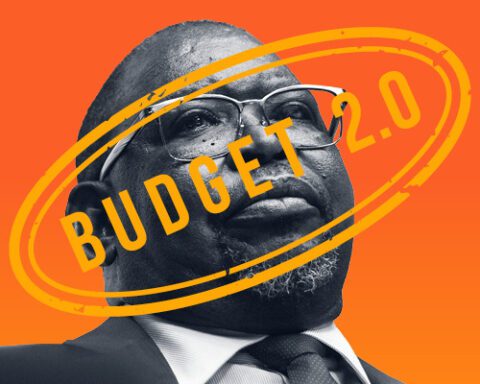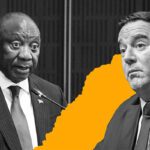Over the past 15 years, commentators, ratings agencies, economists and financial journalists have warned about South Africa’s ballooning sovereign debt. Those fears eventually materialised: our debt to GDP surged to 75%, making interest payments the single largest line item in the government budget.
About 20 cents of every rand in state spending now goes towards servicing interest expenditure, eroding our ability to fund economic infrastructure and critical public services. The consequence of these high debt-service costs is reflected in the decay we see all around us, as they have crowded out resources that should be channelled to growth levers and services.
South Africa cannot go on like this; it poses a risk to our economic recovery and social stability.
For many years, on the opposition benches, I robustly attacked this state of affairs and, like many others, warned that a change in fiscal strategy was necessary to avoid a looming fiscal cliff.
In the 2024 medium-term budget policy statement (MTBPS), the first one under the government of national unity, the National Treasury signalled its intent to anchor the budget in a primary surplus – a fiscal position where revenue exceeds non-interest expenditure. In other words, the income generated from taxes is more than what the state spends on all its activities, excluding debt service costs.
While this strategy has its detractors, it is a necessary step to stabilise our public finances and lay the groundwork for longer-term, sustainable economic growth.
Avoiding a debt spiral
Achieving a primary surplus is not an end in itself, but a means to an end: debt stabilisation and, over time, debt reduction. South Africa has been in a debt trap, evidenced by the fact that we have been running a structural deficit since 2009.
What followed was a vicious cycle in which rising interest costs left less room for productive government spending and increased borrowing costs across the economy, leaving us where we are today. The final MTBPS under president Jacob Zuma, in 2017, simply stated that “debt will continue to rise”. Hope is not, and never was, a strategy.
By anchoring government budgets over the next three years in the primary surplus, the National Treasury has sent a strong signal to capital markets – both domestic and international – that South Africa is serious about fiscal discipline. (The country reported its first primary surplus in 15 years in the fiscal year through March.)
The effects of this signalling cannot be underestimated – over the long run, it will result in lower borrowing costs, provide stronger confidence in the rand, and attract much-needed foreign direct investment.
Critically, the fiscal strategy reduces the risk of a debt spiral, where borrowing to cover interest payments leads to exponential increases in debt.
South Africa can take comfort in the fact that our revised fiscal strategy is based on tried and trusted lessons from countries that have faced similar challenges. Brazil, for a large part of the early 2000s, achieved primary surpluses to stabilise its economy and regain investor confidence. Ghana’s recent fiscal adjustments, likewise, show the importance of credible fiscal frameworks in restoring economic stability.
However, these examples also provide lessons for the challenges South Africa now faces. Fiscal consolidation was undertaken in the 2024 budget and will need to be maintained over the next three years – and, as announced in the 2024 MTBPS, this requires difficult decisions.
The Treasury has been careful to ensure that these measures are both growth-friendly and equitable. In South Africa, we have taken two critical steps:
- Allocating 60% of the budget to the social wage, so that we protect the most vulnerable while achieving fiscal stabilisation and debt reduction; and
- Changing the composition of government expenditure from consumption to investment, which will produce long-run positive multiplier effects in the economy.
By way of example, finance minister Enoch Godongwana’s announcement that fiscal support to state-owned enterprises will be curtailed has freed up resources for more productive uses.
Bailouts for state-owned enterprises have become fiscal black holes, absorbing billions with little to show in terms of performance. Rationalising these entities and introducing private sector participation and competition will reduce the financial burden on the state while improving service delivery.
Accelerating reforms
The primary surplus and fiscal consolidation measures are necessary in the medium term, but in the long run, South Africa must overcome its growth and unemployment challenges.
Structural reforms to unlock economic growth must be accelerated to lower our debt ratio, raise revenue, increase private sector competitiveness and deliver growth.
The current focus on alleviating supply-side constraints in energy, and port and freight rail logistics is essential to ensuring that we can deliver on a baseline of growth, but citizens need to hold us in government to account for accelerating these reforms. Further reforms will not only boost tax revenues but, more importantly, create more jobs.
While South Africa pursues economic reforms, we have to get debt under control. Running strong primary surpluses over the next three years is a critical signal that we are serious about reform and are running a credible fiscal strategy.
Debt stabilisation provides us with a pathway to improved investor confidence and greater fiscal resilience. Together with structural reforms, this will open up growth paths both by unlocking domestic business growth and stronger foreign investment.
While the road ahead will be challenging and will face many criticisms, the cost of inaction is far greater. The pathway laid out in the 2024 MTBPS means that South Africa can lay the foundation for a more stable and prosperous future.
Ashor Sarupen is co-deputy minister of finance.
Sign up to Currency’s weekly newsletters to receive your own bulletin of weekday news and weekend treats. Register here.

